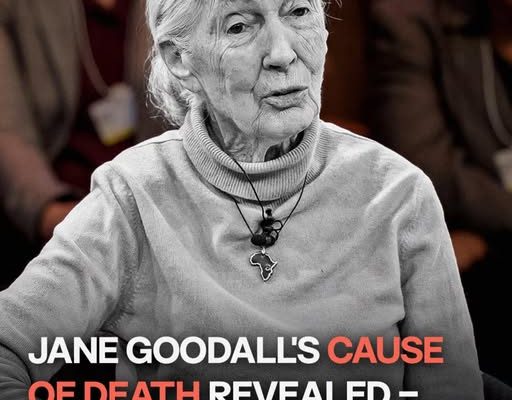The beloved primatologist passed away far away from the home she had lived in all her life, which was her childhood house in England.
Weeks after her passing earlier this month (October 2025), Dr. Jane Goodall’s cause of death has been unveiled. Media outlet TMZ shared the details listed on the late anthropologist’s official death certificate, which also discloses a health condition Goodall had been dealing with.
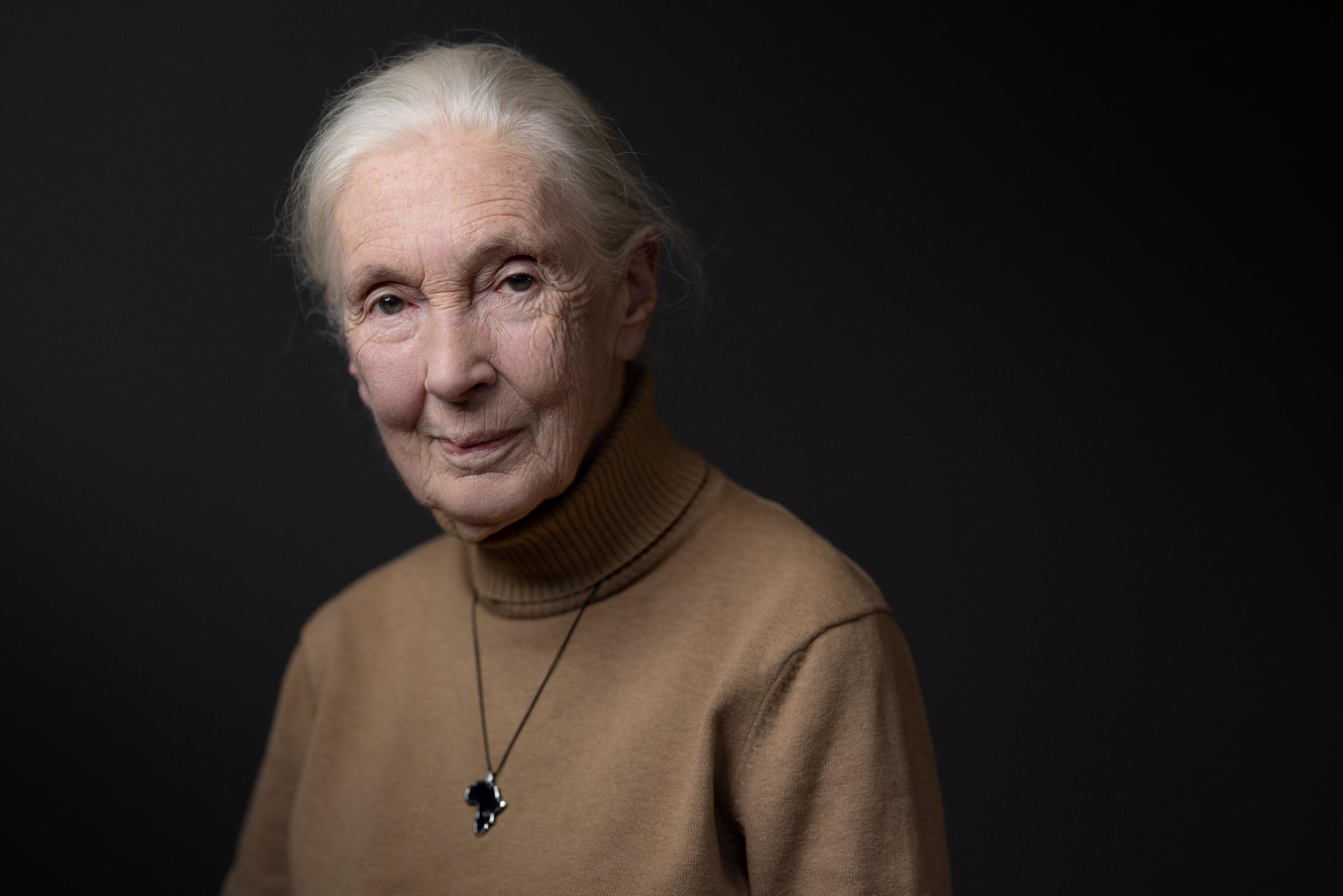
Dr. Jane Goodall posing during a photo session in Paris, France on October 18, 2024. | Source: Getty Images
Cause of Death Confirmed as the World Continues to Mourn a Legend
According to the death certificate, Goodall passed away from cardiopulmonary arrest — a clinical term for cardiac arrest, which occurs when the heart stops beating. The condition is often associated with advanced age, and at 91, her passing has been deemed natural.
But while the news may offer a sliver of closure for the millions who adored her, it underscores an even more sobering truth: Even as age took its toll, Goodall never slowed down. She remained active, vital, and passionate about her mission until the very end.
What fans may not have known? The document also notes that Goodall had been living with epilepsy, though it remains unclear whether the neurological condition played any role in her final moments.
At the time of her death, Goodall was in California, thousands of miles from home, on a speaking tour — still spreading the message of conservation and compassion she had carried for nearly a century.
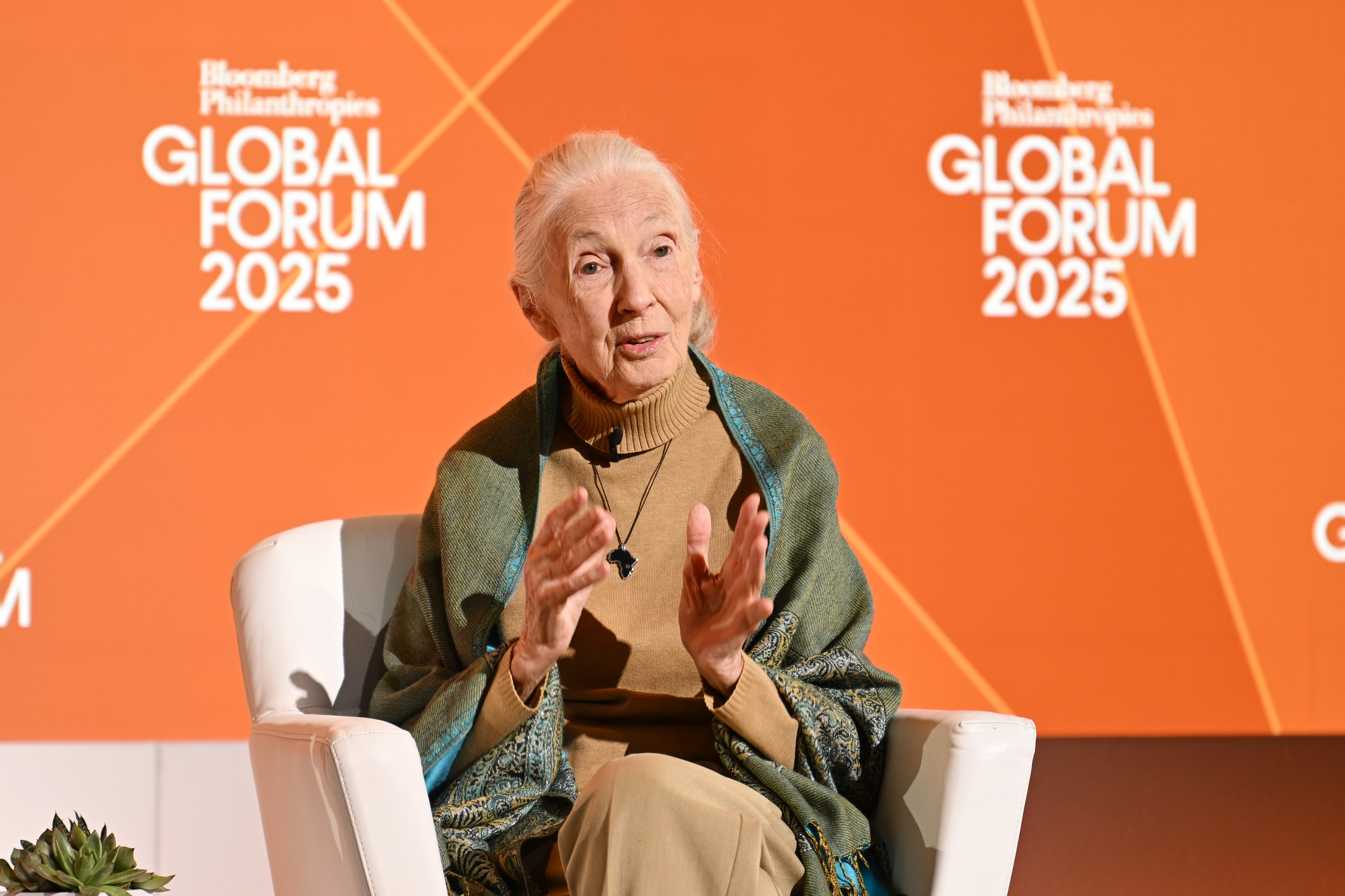
Jane Goodall speaking on stage at the Bloomberg Philanthropies Global Forum in New York City on September 24, 2025. | Source: Getty Images
From Humble Beginnings to Scientific Immortality
A trailblazer in every sense, Goodall was one of the first women in the world to become a leading expert on primates — a title she earned after beginning her career following a trip to Kenya in 1957.
There, she connected with famed paleoanthropologist and archaeologist Louis Leakey. Her groundbreaking field research, including the famous observation of chimpanzees using tools, overturned long-held assumptions about animal intelligence and reshaped how the scientific community — and the world — viewed the animal kingdom.
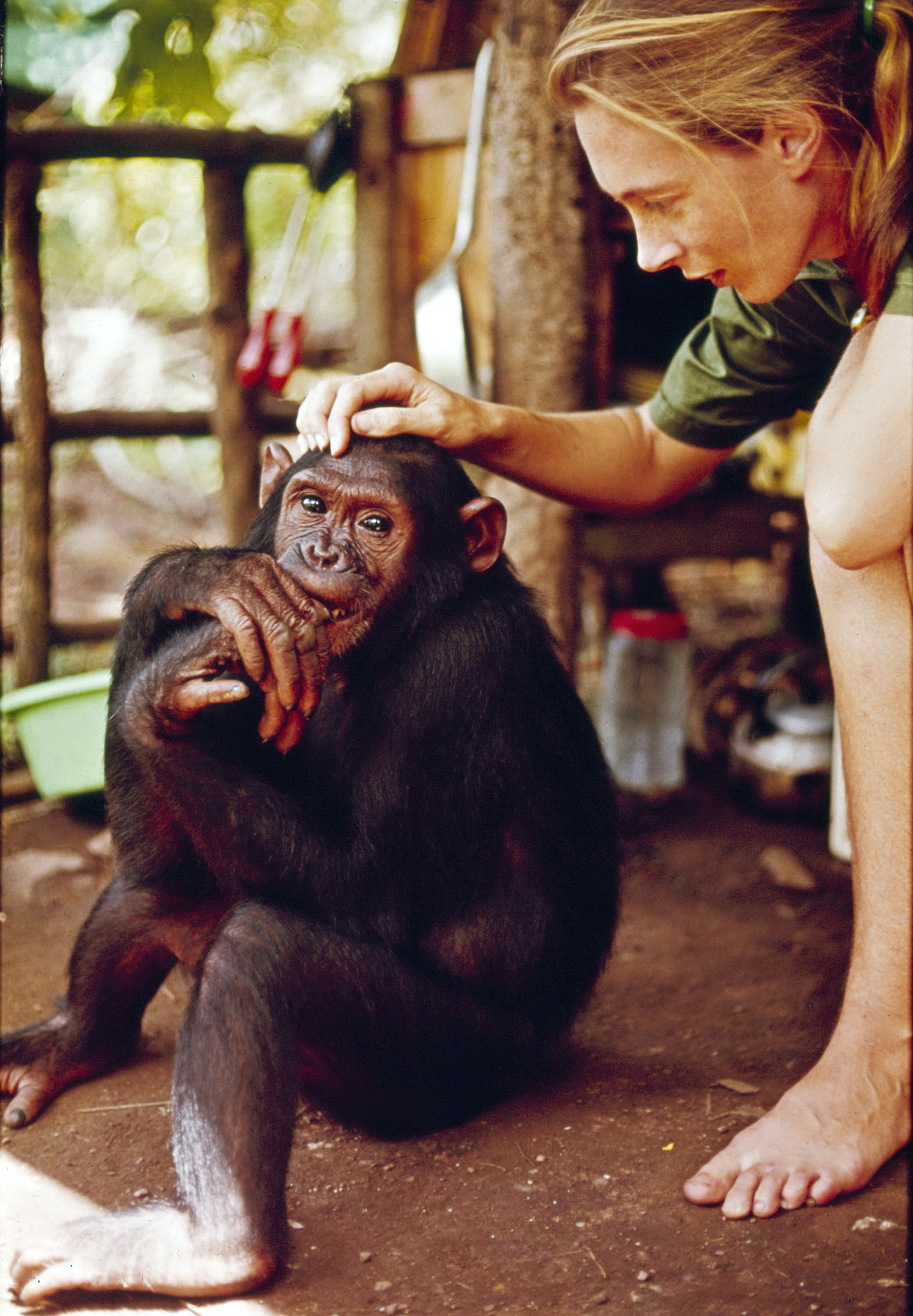
Jane Goodall interacting with a chimpanzee on the television special “Miss Goodall and the World of Chimpanzees” in Gombe Stream National Park, Tanzania on December 22, 1965. | Source: Getty Images
A Final Goodbye Far from the Place She Called Home
While the official details surrounding her passing offer clarity, they also deepen the poignancy of her final days. As the world reflects on her extraordinary legacy, one tender truth stands out — Dr. Jane Goodall took her last breath thousands of miles from where she had always called home.
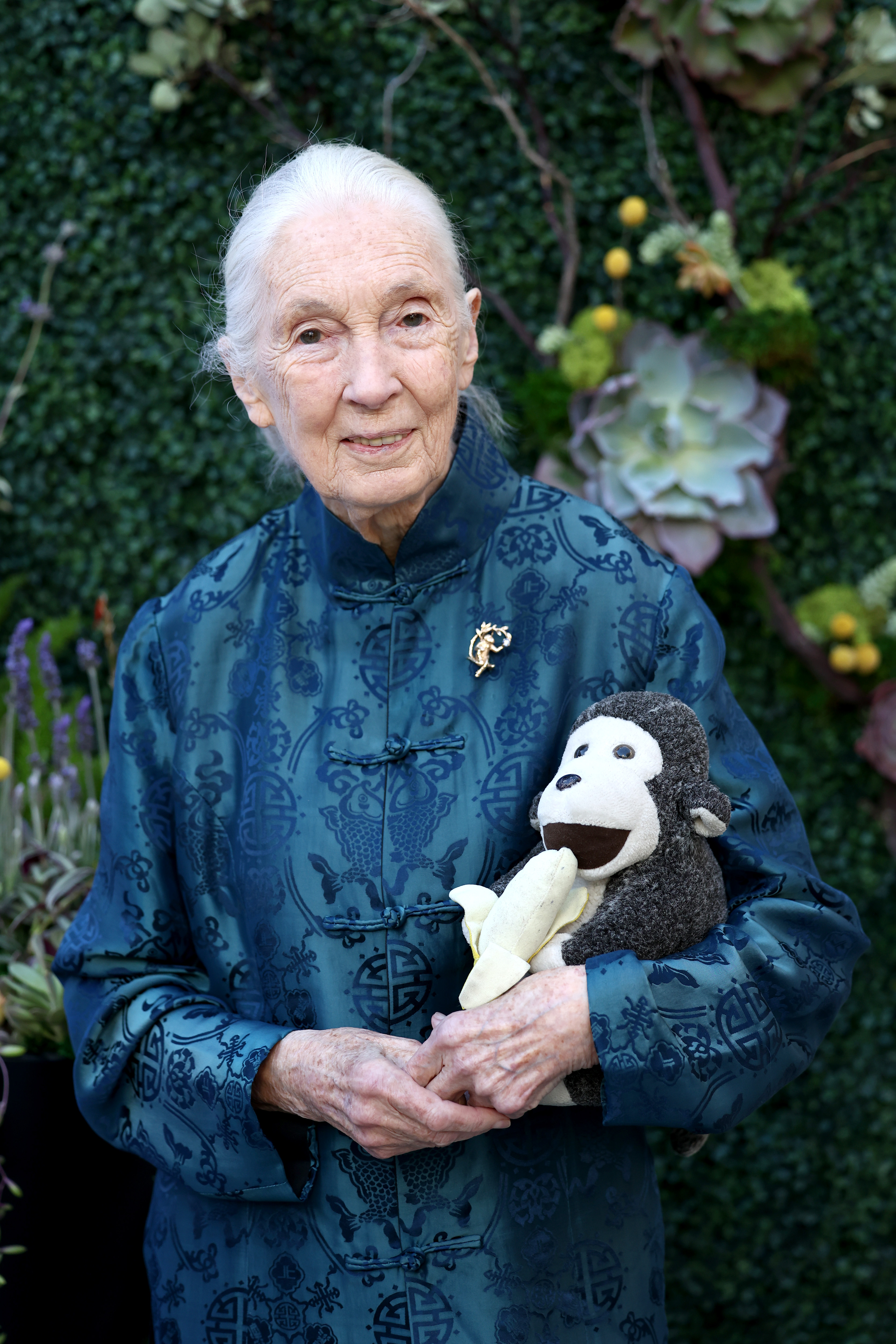
Jane Goodall and her plush toy companion Mr. H at Sierra Club’s Trail Blazers Ball in Los Angeles, California on April 2, 2025. | Source: Getty Images
Goodall died peacefully in her sleep in Los Angeles. Her passing was confirmed by the Jane Goodall Institute on October 1, 2025.
“Dr. Goodall’s life and work not only made an indelible mark on our understanding of chimpanzees and other species, but also of humankind and the environments we all share,” the institute said in a deeply moving tribute.
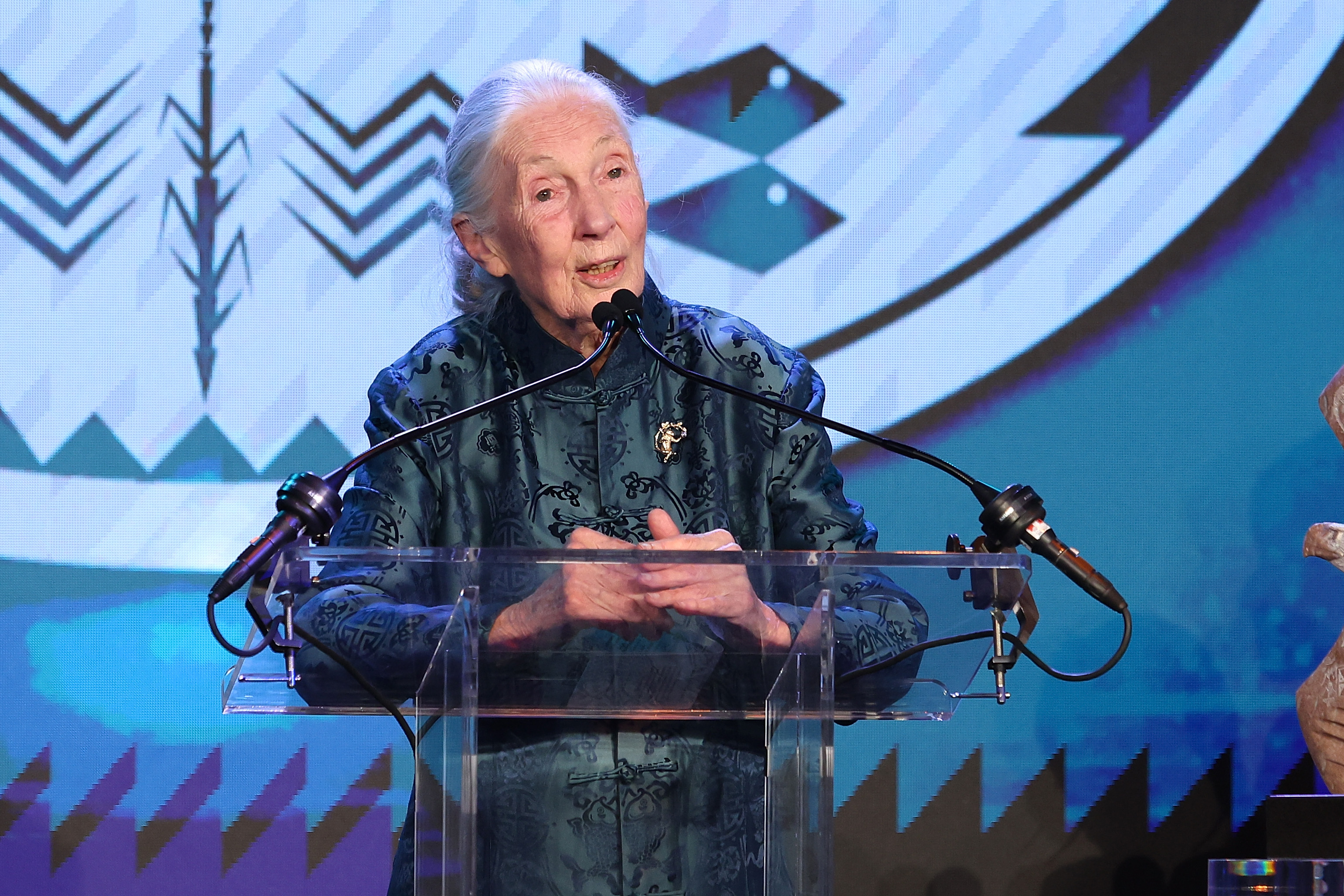
Jane Goodall speaking at Sierra Club’s Trail Blazers Ball. | Source: Getty Images
A Discovery That Shattered Scientific Boundaries
Renowned for her pioneering work with chimpanzees, in 1960, Goodall launched what would become the longest-running wild chimpanzee study in history, deep in the lush jungles of Gombe National Park, Tanzania — a place that would forever carry her legacy.
It that very jungle, in October of that year, that her groundbreaking discovery shook the scientific world: chimpanzees were seen making and using tools. This stunning revelation blurred the once-uncrossable line between humans and animals.
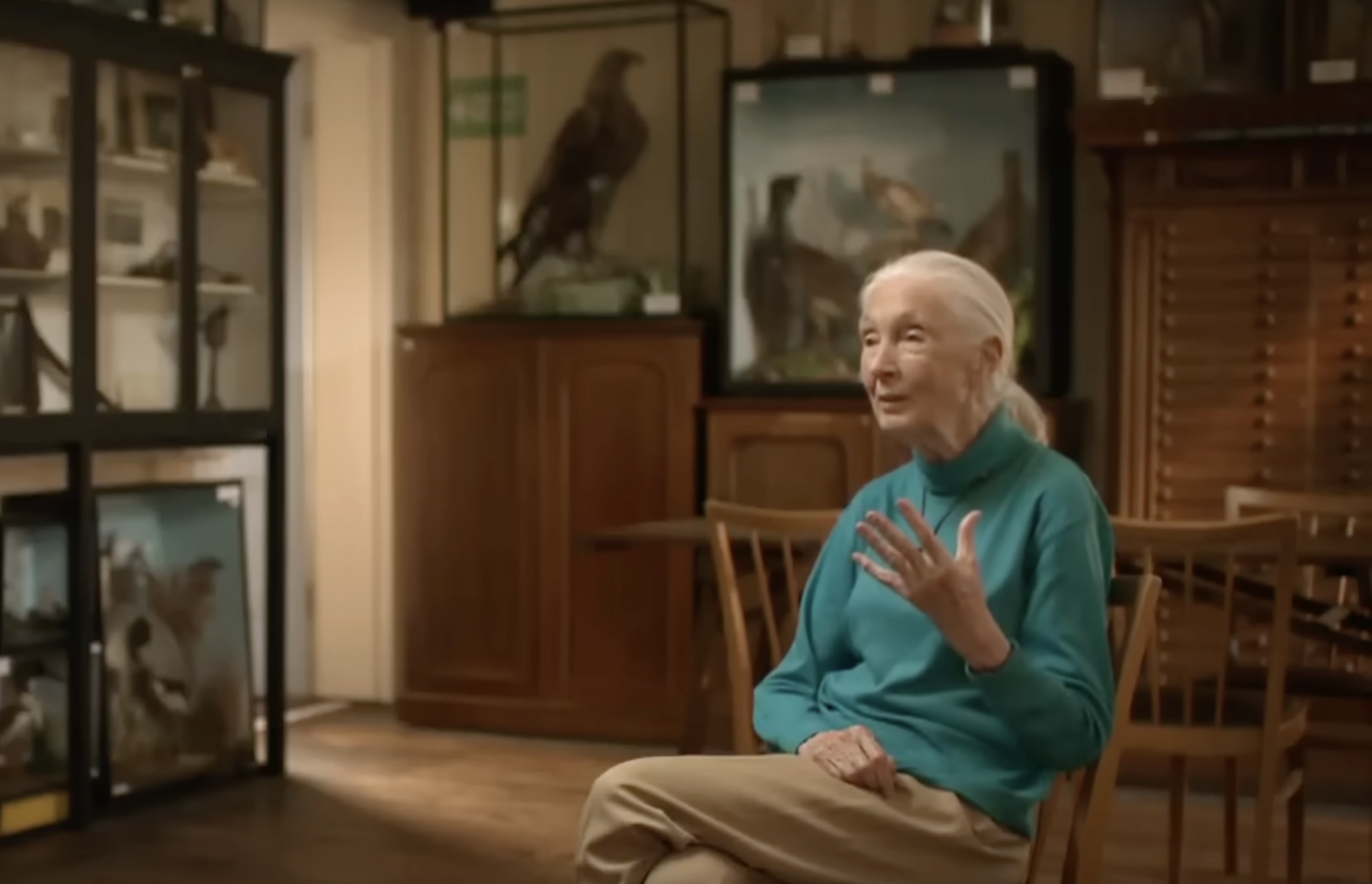
Jane Goodall speaks during an indoor interview surrounded by wooden furniture and display cases featuring birds and other natural specimens, posted on October 1, 2025. | Source: YouTube/@CBSSundayMorning
Goodall later earned her Ph.D. at Cambridge University in 1966 and, in 1977, founded the Jane Goodall Institute, a now-global nonprofit dedicated to wildlife research, protection, and environmental healing.
Originally, Gombe was meant to be her forever home, where she would continue her studies. But fate had other plans. In 1986, at a primatology conference, Goodall was confronted with the devastating truth of deforestation and its horrific impact — not just on chimpanzees, but on entire human communities living near the vanishing forests.
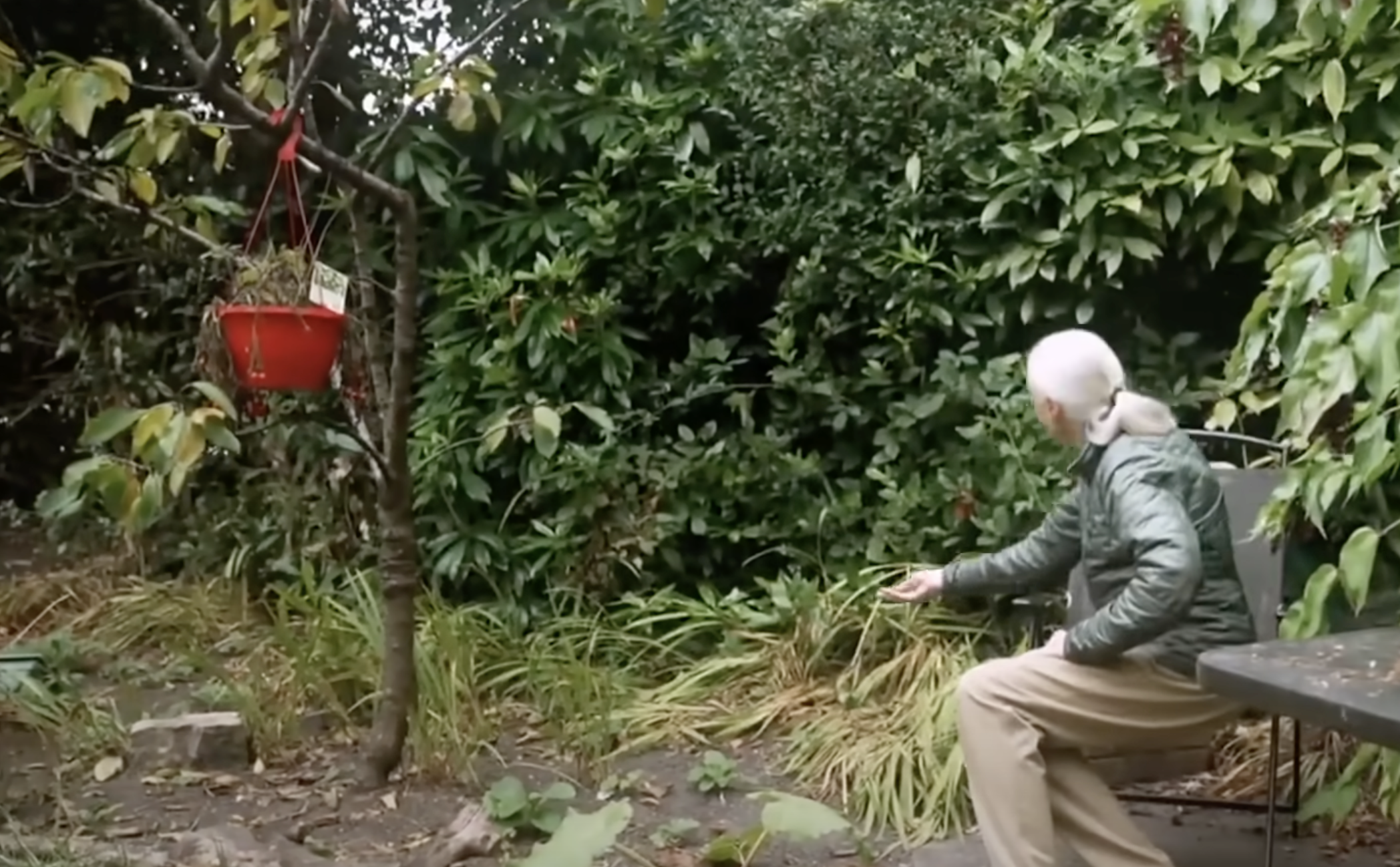
Jane Goodall sits on a garden chair at her childhood home in Bournemouth, England, gently reaching toward a patch of greenery beside her. A red hanging planter is visible in the small tree nearby. | Source: YouTube/@CBSSundayMorning
At that same conference, her eyes were opened to the brutal horror of chimpanzees used in biomedical experiments. “Held captive in five-by-five-foot cages alone for decades,“ she revealed of the shocking conditions she discovered. “Some of the worst times in my life.”
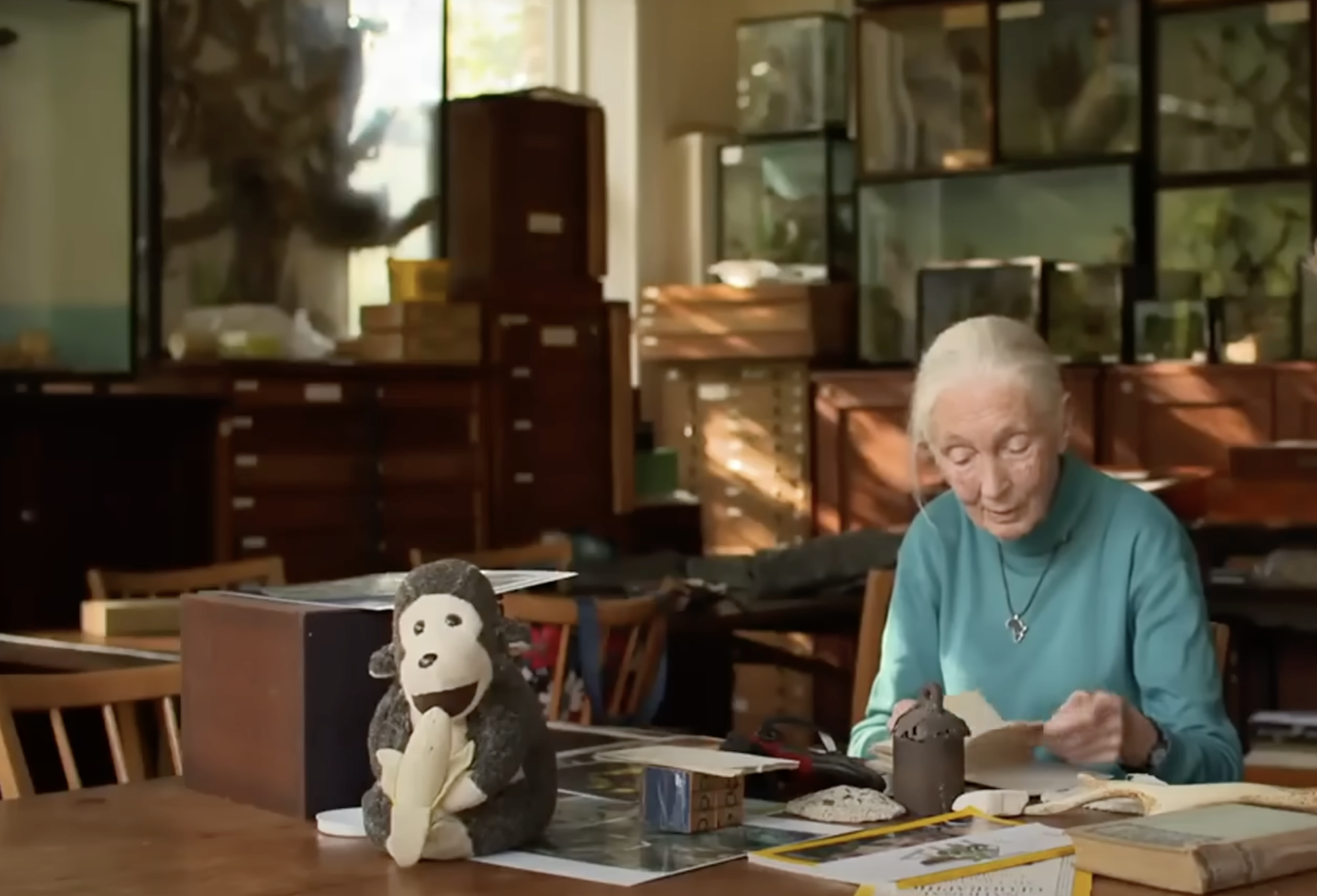
Jane Goodall flips through documents at a table filled with papers, books, and personal items. Mr. H sits nearby, holding a plush banana. | Source: YouTube/@CBSSundayMorning
From Scientist to Fierce Advocate
Haunted by what she had witnessed, Goodall threw herself into activism, working with animal welfare organizations to end this cruelty. Her determination paid off. “Finally, about eight years ago, the last chimpanzees of the 400 that were being used for experiments,” she said in 2024, were released into sanctuaries.
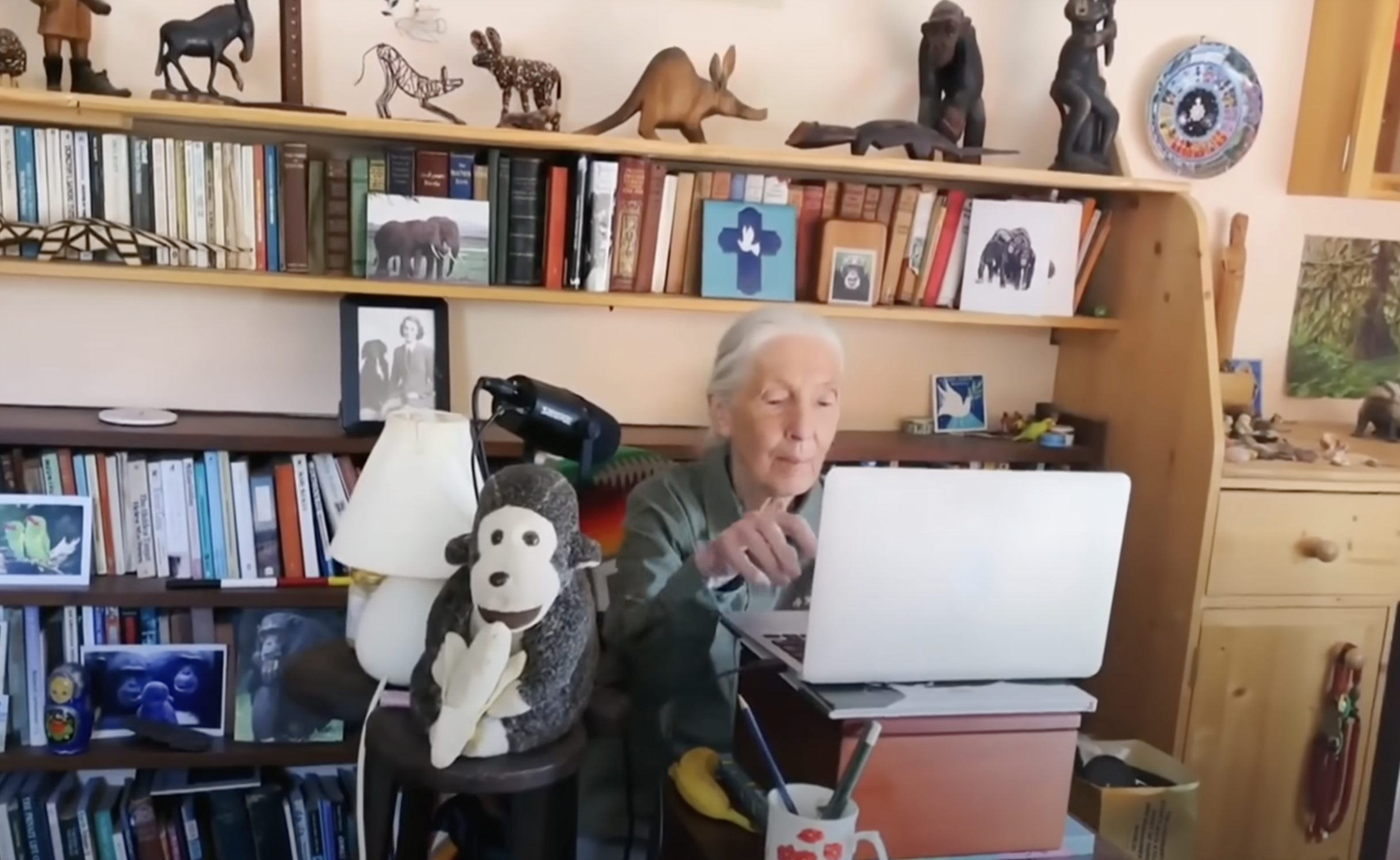
Jane Goodall works on a laptop from a small, elevated desk in a room filled with bookshelves, family photos, and animal figurines. Mr. H sits in front of a lamp beside her. | Source: YouTube/@CBSSundayMorning
And she didn’t stop there. Goodall turned her attention to empowering people, especially the next generation. Through her Institute, she pioneered community-centered conservation and founded Roots & Shoots, a youth-led movement now spanning 75 countries, igniting hope and action across the globe.
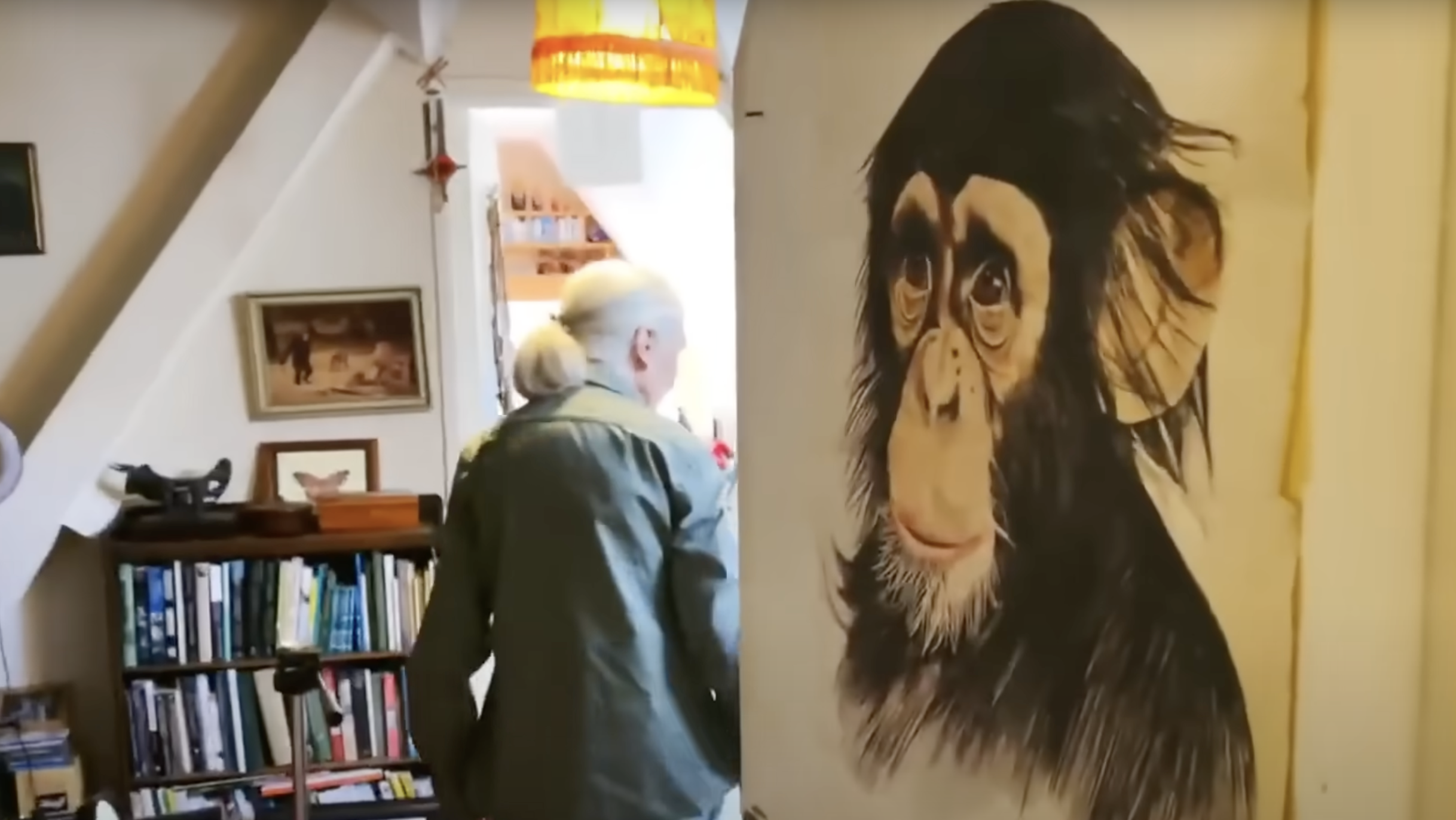
Jane Goodall walks through a cozy hallway lined with bookshelves and framed art. A large illustrated portrait of a chimpanzee is partially visible on the adjacent wall. | Source: YouTube/@CBSSundayMorning
A Life in Motion, But One Home Forever
Despite her non-stop international travel, Goodall’s true home never changed. Her permanent residence remained the same modest childhood home on England’s south coast, which she shared with her beloved younger sister, now 87.
“It’s the house where we grew up,” Goodall shared. “We still have it as a family home. My sister lives there permanently. She’s four years younger than me, but our birthday is on the same day [sic].”
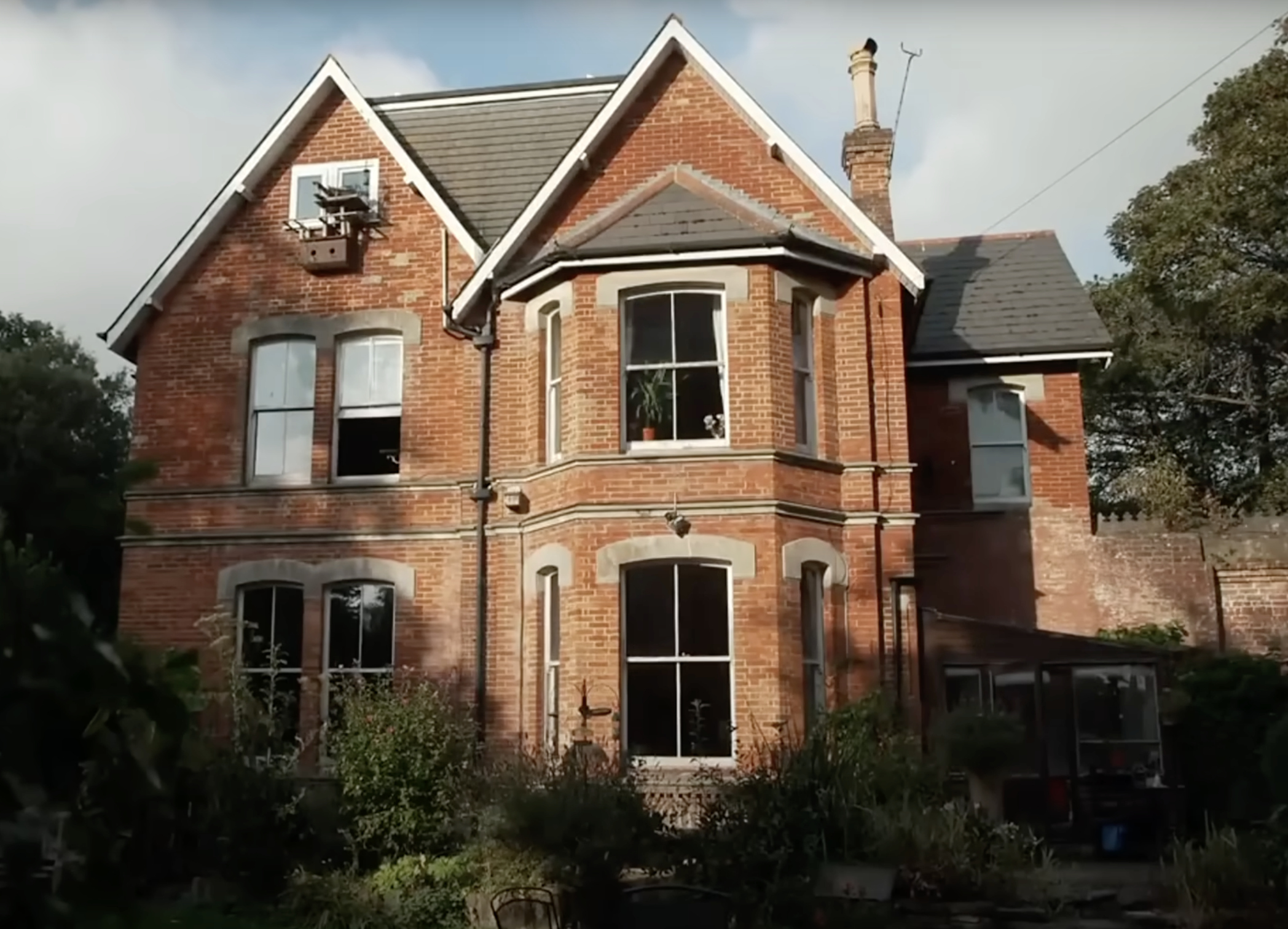
The exterior of Jane Goodall’s red-brick childhood home in Bournemouth, England, is shown in daylight. Several large windows overlook the garden, where plants grow wild near the base of the house. | Source: YouTube/@CBSSundayMorning
In that garden — mostly untouched since the 1940s — a ten-year-old Goodall climbed her favorite tree with a book, “Tarzan of the Apes.“ She often quipped that she fell hopelessly in love with the King of the Jungle, even though he “married the wrong Jane.”
Her 90th birthday in April 2024 was nothing short of a victory lap. At Manhattan’s Beacon Theater, she was greeted with two standing ovations and a full house singing the Happy Birthday song. “I’m still fit!” she declared after a brief jog across the stage, drawing cheers. Her secret? “Good genes,” she said. “I’ve been very lucky.”
A Mission That Never Wavered
Reflecting on the extraordinary life that took her from a quiet British girl to a global force of nature, Goodall remained humble. “To be honest, I don’t feel any different from how I was last year at this time,” she told the crowd. “I feel that I was put on this planet with a mission.”
In the wake of her passing, the Jane Goodall Institute urged people everywhere to carry the torch she lit. “She inspired curiosity, hope and [sic] compassion in countless people around the world, and paved the way for many others — particularly young people who gave her hope for the future,” they said.
Goodall’s life — which began in a quiet English home — would take her into the heart of Africa, across the world’s most powerful stages, and back again. But through it all, that same home remained: unchanged, rooted, and full of the spirit of the girl who once dreamed of the jungle.
